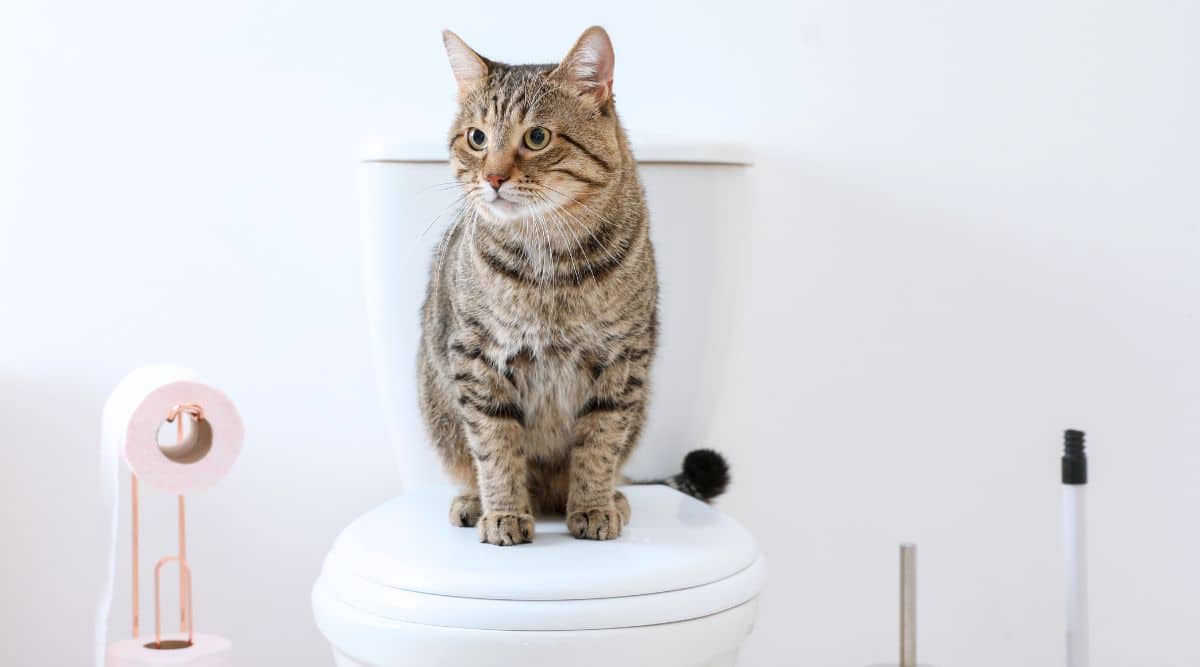Just how do you really feel in relation to How to Dispose of Cat Poop and Litter Without Plastic Bags?

Introduction
As feline proprietors, it's important to bear in mind exactly how we throw away our feline pals' waste. While it may seem convenient to purge feline poop down the toilet, this technique can have damaging effects for both the atmosphere and human health and wellness.
Environmental Impact
Purging feline poop presents dangerous pathogens and bloodsuckers into the water, posing a considerable threat to marine environments. These pollutants can adversely affect marine life and compromise water high quality.
Wellness Risks
Along with ecological worries, purging feline waste can also posture wellness risks to people. Feline feces may include Toxoplasma gondii, a parasite that can create toxoplasmosis-- a possibly extreme illness, specifically for expectant females and people with damaged immune systems.
Alternatives to Flushing
Fortunately, there are safer and extra accountable methods to dispose of cat poop. Think about the following alternatives:
1. Scoop and Dispose in Trash
One of the most common method of taking care of pet cat poop is to scoop it into a biodegradable bag and throw it in the trash. Make sure to utilize a dedicated trash scoop and take care of the waste promptly.
2. Usage Biodegradable Litter
Opt for naturally degradable cat trash made from products such as corn or wheat. These litters are eco-friendly and can be securely gotten rid of in the trash.
3. Bury in the Yard
If you have a lawn, think about hiding pet cat waste in a marked location far from vegetable yards and water resources. Make sure to dig deep enough to stop contamination of groundwater.
4. Install a Pet Waste Disposal System
Purchase an animal waste disposal system particularly designed for feline waste. These systems utilize enzymes to break down the waste, decreasing smell and environmental influence.
Final thought
Accountable animal ownership prolongs beyond supplying food and shelter-- it additionally entails proper waste monitoring. By refraining from flushing feline poop down the commode and selecting different disposal techniques, we can decrease our environmental footprint and shield human health and wellness.
Why Can’t I Flush Cat Poop?
It Spreads a Parasite
Cats are frequently infected with a parasite called toxoplasma gondii. The parasite causes an infection called toxoplasmosis. It is usually harmless to cats. The parasite only uses cat poop as a host for its eggs. Otherwise, the cat’s immune system usually keeps the infection at low enough levels to maintain its own health. But it does not stop the develop of eggs. These eggs are tiny and surprisingly tough. They may survive for a year before they begin to grow. But that’s the problem.
Our wastewater system is not designed to deal with toxoplasmosis eggs. Instead, most eggs will flush from your toilet into sewers and wastewater management plants. After the sewage is treated for many other harmful things in it, it is typically released into local rivers, lakes, or oceans. Here, the toxoplasmosis eggs can find new hosts, including starfish, crabs, otters, and many other wildlife. For many, this is a significant risk to their health. Toxoplasmosis can also end up infecting water sources that are important for agriculture, which means our deer, pigs, and sheep can get infected too.
Is There Risk to Humans?
There can be a risk to human life from flushing cat poop down the toilet. If you do so, the parasites from your cat’s poop can end up in shellfish, game animals, or livestock. If this meat is then served raw or undercooked, the people who eat it can get sick.
In fact, according to the CDC, 40 million people in the United States are infected with toxoplasma gondii. They get it from exposure to infected seafood, or from some kind of cat poop contamination, like drinking from a stream that is contaminated or touching anything that has come into contact with cat poop. That includes just cleaning a cat litter box.
Most people who get infected with these parasites will not develop any symptoms. However, for pregnant women or for those with compromised immune systems, the parasite can cause severe health problems.
How to Handle Cat Poop
The best way to handle cat poop is actually to clean the box more often. The eggs that the parasite sheds will not become active until one to five days after the cat poops. That means that if you clean daily, you’re much less likely to come into direct contact with infectious eggs.
That said, always dispose of cat poop in the garbage and not down the toilet. Wash your hands before and after you clean the litter box, and bring the bag of poop right outside to your garbage bins.
https://trenchlesssolutionsusa.com/why-cant-i-flush-cat-poop/

We are very fascinated by Can You Flush Cat Poop Down The Toilet? and I hope you enjoyed reading the new post. If you enjoyed reading our blog entry plz don't forget to pass it around. We truly appreciate reading our article about Can You Flush Cat Poo or Litter Down the Toilet?.
Click For More Information